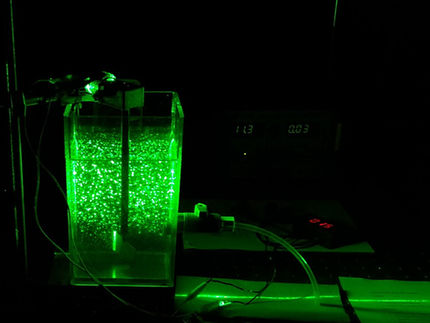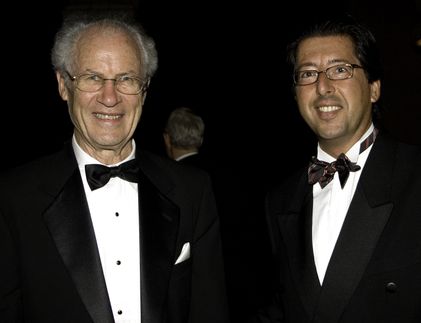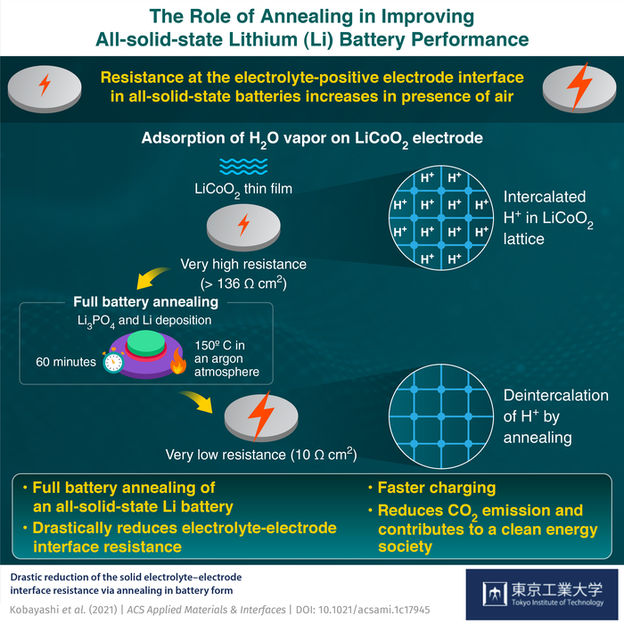Using less energy for more water
Advertisement
Professor Kevin Lansey, head of the department of civil engineering and engineering mechanics at The University of Arizona, and four of his UA colleagues have been awarded $2 million by the National Science Foundation to research water reuse and supply systems.
The NSF's Office of Emerging Frontiers in Research and Innovation is funding the research project – Optimization of Dual Conjunctive Water Supply and Reuse Systems with Distributed Treatment for High-growth Water-scarce Regions – which will ultimately produce a computer model for water managers who are grappling with the problem of using less energy while meeting increased demand for water.
The U.S. Government Accountability Office has reported that as many as 36 states will experience a water shortage in the next five years. This research project is particularly relevant to the serious problems faced by water managers in Arizona, which is already experiencing explosive population growth coupled with drought. Arizona's surface-water supplies, especially near urban areas, are all spoken for, and many communities rely on water pumped up from aquifers. Such a resource is unsustainable, and some of Lansey's research revolves around the question of how willing we are to reuse wastewater and to what extent.
"In water-scarce areas, people will eventually have to use reused water as part of their water supply," said Lansey. "And now the question is how much further people will use it."
A dual water supply circulates two types of water throughout a community – fresh and treated. Fresh water is what we drink and wash in; treated, or recycled, water is nonpotable and used mainly for irrigation.
Lansey defines the research project has having three goals, or three costs, what he describes as a "triple bottom line." They are, he said, "economic cost, environmental cost – which includes energy consumption and greenhouse gas production – and social costs, or social acceptability."
The research group will work with the City of Tucson, Pima County and Global Water, a private water provider. Based on Lansey's proposed model of decentralized, distributed water treatment plants, it is apparent that Tucson is doing things the hard way. Tucson has two wastewater treatment plants within a mile of each other in the northeast part of the city. One of the problems with clustering facilities in this way is the prodigious amount of energy required, and greenhouse gases emitted, to move the vast volumes of water around the city between consumers and treatment plants. For example, water used by Vail residents, in the southeast part of Tucson about 25 miles away from the water treatment plants, has to be pumped as wastewater all the way back to the plants via pump stations.
Golf courses or individual households, or even firefighters, in Vail may want to use recycled water because they expect it to be cheaper than clean water. However, pumping all that water back to Vail for reuse makes every drop virtually as costly as fresh water. This is the problem at the heart of Lansey's research project, and where the computer-modeling tool will play a role.
"Instead of having one centralized plant, choose a decentralized design," said Lansey. "You could have multiple satellite wastewater treatment plants based on a dual distribution system that provides potable water for consumption and nonpotable water for reuse."

























































